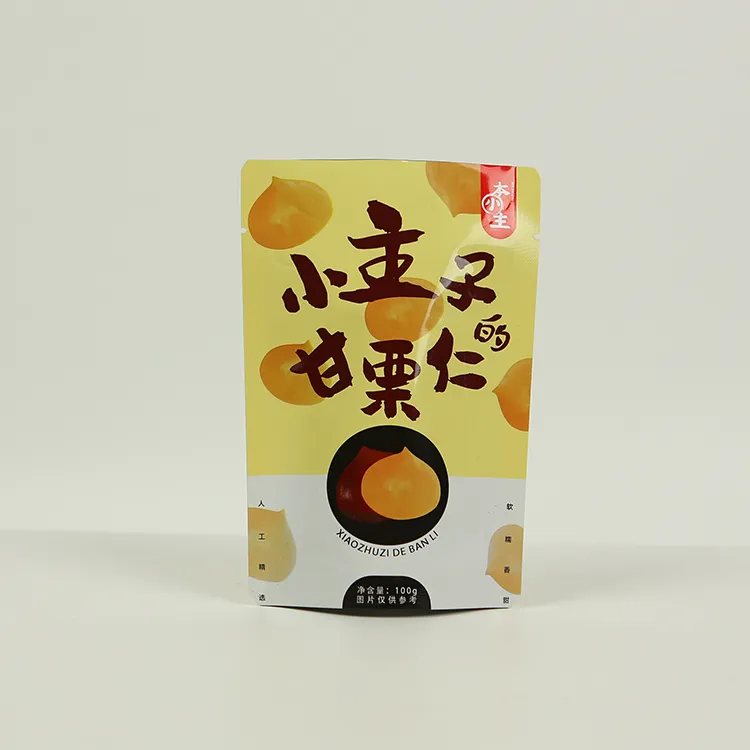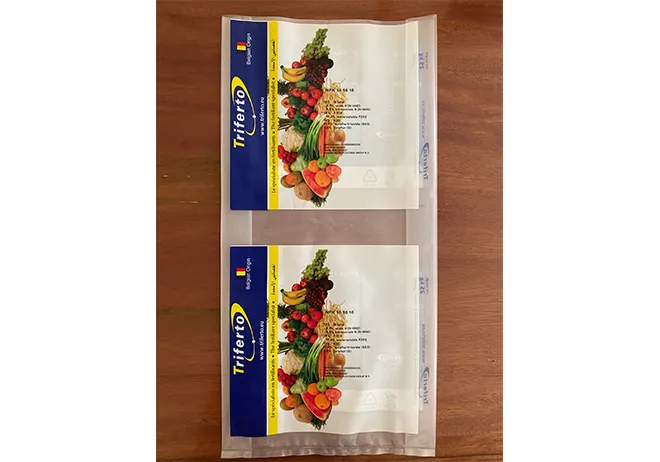In recent years, the innovative surge in materials science has led to the advent of biodegradable plastic pouches, a groundbreaking solution for reducing global plastic waste. The pivotal shift towards sustainability has seen these pouches embrace a harmonious balance between practicality and environmental consciousness, offering a tangible path forward in the packaging industry.

Biodegradable plastic pouches exemplify a pivotal development in the domain of sustainable materials, diverging from traditional polymers that persist in environments for centuries without decomposing. Crafted from renewable resources such as cornstarch, polylactic acid (PLA), and polyhydroxyalkanoates (PHA), these pouches break down naturally through the action of microorganisms, significantly reducing their environmental footprint.
The performance and credibility of biodegradable plastic pouches have been bolstered by rigorous testing and certification from authoritative bodies. Reputable organizations like TUV Austria and the Biodegradable Products Institute (BPI) have laid down stringent criteria to verify the compostability and biodegradability of these products. Consumers and businesses alike can trust these certifications as a testament to the materials' compatibility with the principles of ecological sustainability.

In a real-world application, businesses switching to biodegradable plastic pouches have observed a tangible impact on their environmental profiles. For instance, a mid-sized food packaging company transitioned to biodegradable pouches and noted a substantial decrease in landfill waste, aligning with corporate social responsibility goals. Such transitions are often accompanied by an increase in brand loyalty, as consumers become more conscious of their ecological impact and gravitate towards brands demonstrating environmental stewardship.
biodegradable plastic pouches
The professional community acknowledges the expertise behind these materials, which lies in the seamless integration of innovative polymer technology and environmental sciences. Biotechnology firms collaborate extensively with agricultural sectors to enhance the efficiency of biodegradable plastics, optimizing the growth conditions for raw materials like corn and sugarcane, which form the backbone of the PLA production.
However, the integration of biodegradable plastic pouches is not devoid of challenges. Differentiating between genuinely eco-friendly options and pseudo-sustainable products remains a critical issue. The market is fraught with misleading information, often inflating the capabilities of certain products. This underscores the necessity for consumers and businesses to rely on verified sources and expert recommendations when opting for biodegradable solutions.
The discourse around biodegradable plastics also intersects with broader environmental policy discussions. Legislators and environmental experts advocate for policies that incentivize the use of biodegradable materials, providing subsidies and tax breaks to companies adopting these sustainable options. Advocacy for policy reform is driven by the potential of biodegradable pouches to fulfill the dual objectives of economic viability and environmental protection.
In conclusion, biodegradable plastic pouches represent a promising stride towards a more sustainable packaging industry. Rooted in authentic experience and backed by expert consensus, these materials offer a credible and authoritative solution to the pervasive problem of plastic waste. Their adoption not only enhances the environmental credibility of businesses but also plays a decisive role in the global effort to mitigate plastic pollution. As technology and consumer awareness continue to evolve, the future of biodegradable plastic pouches appears bright, cementing their position as a mainstay of sustainable innovation.